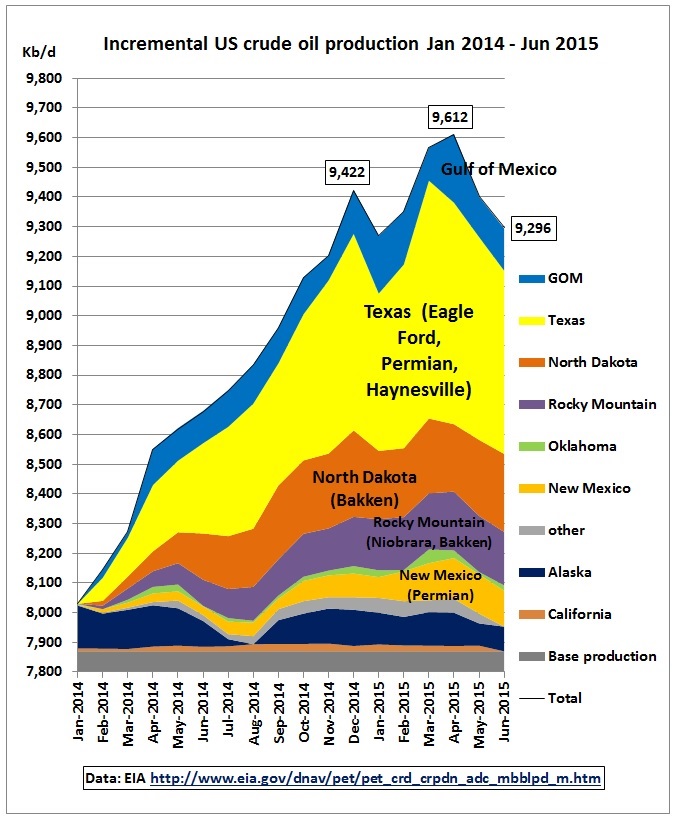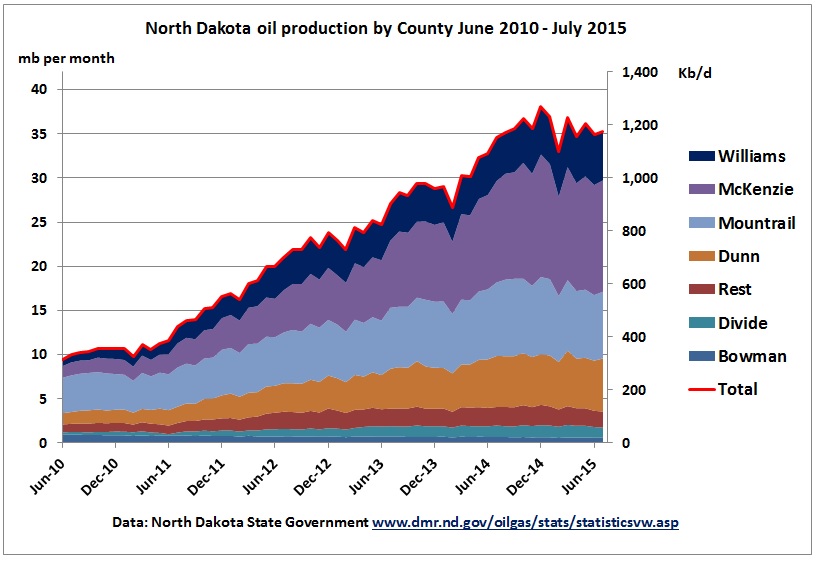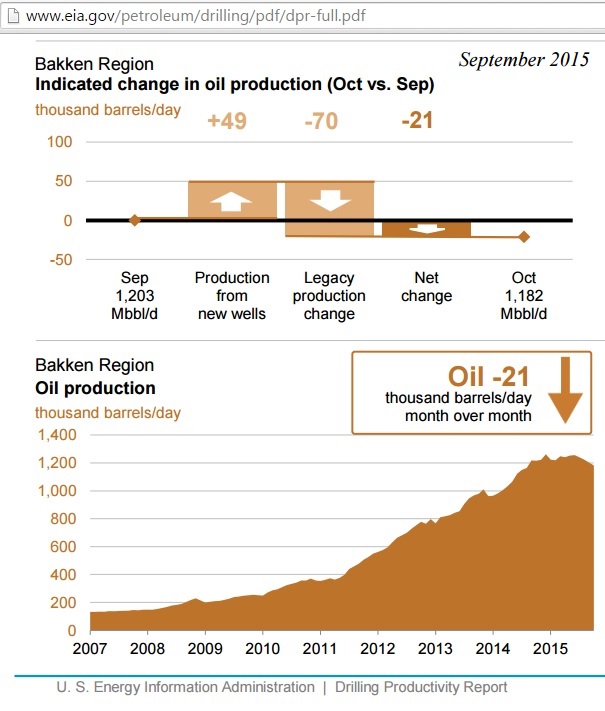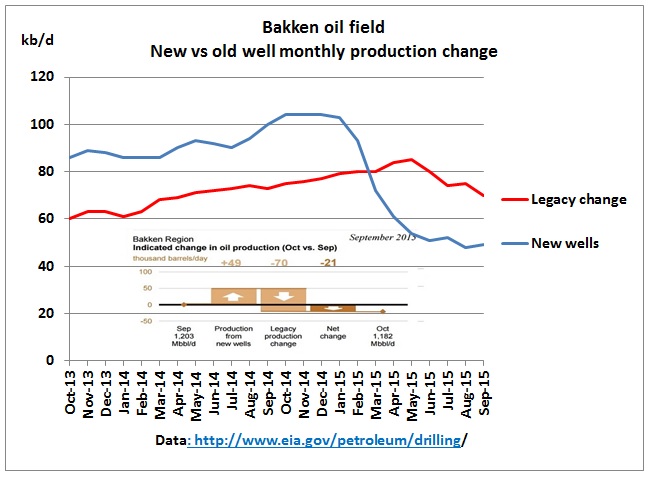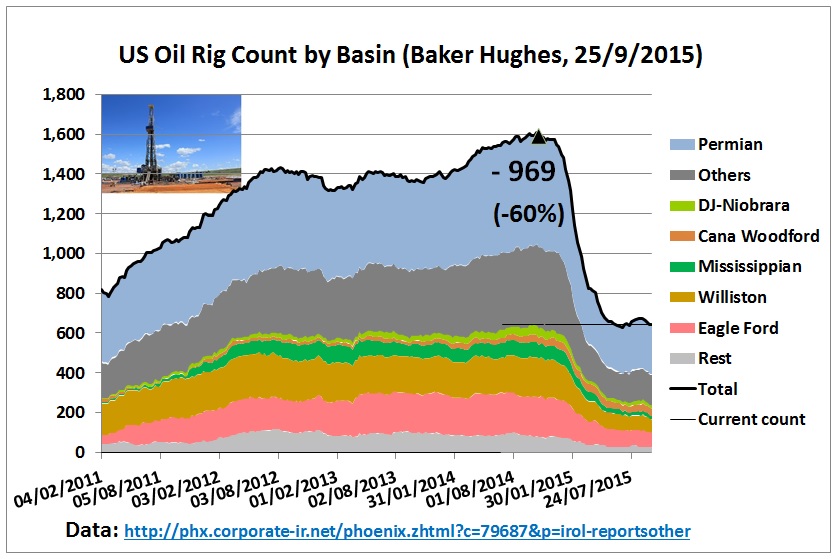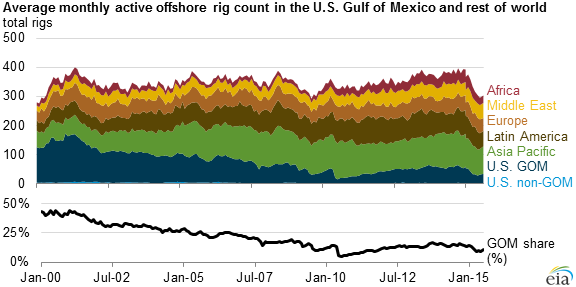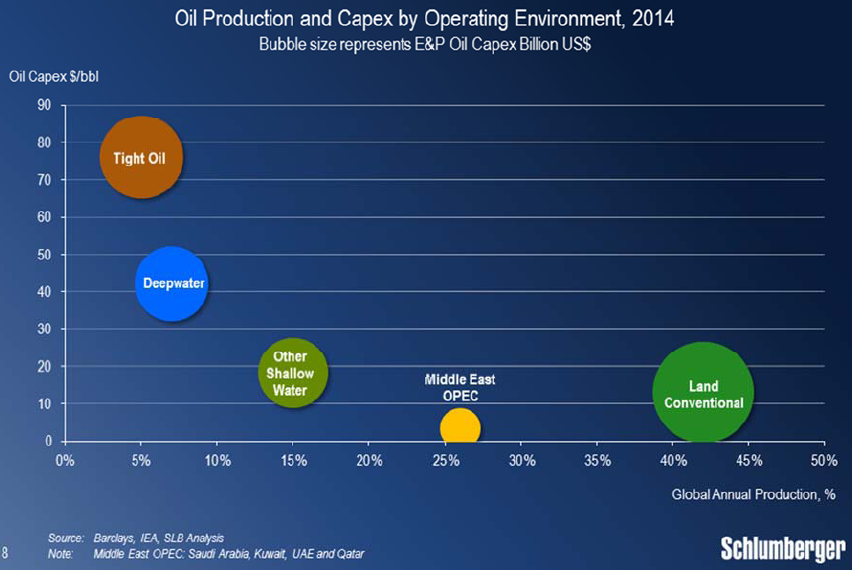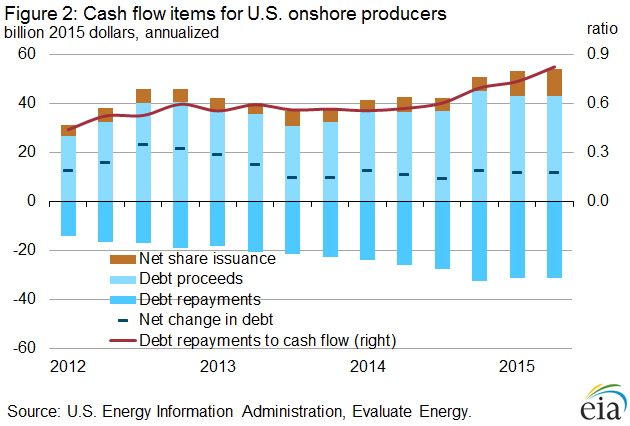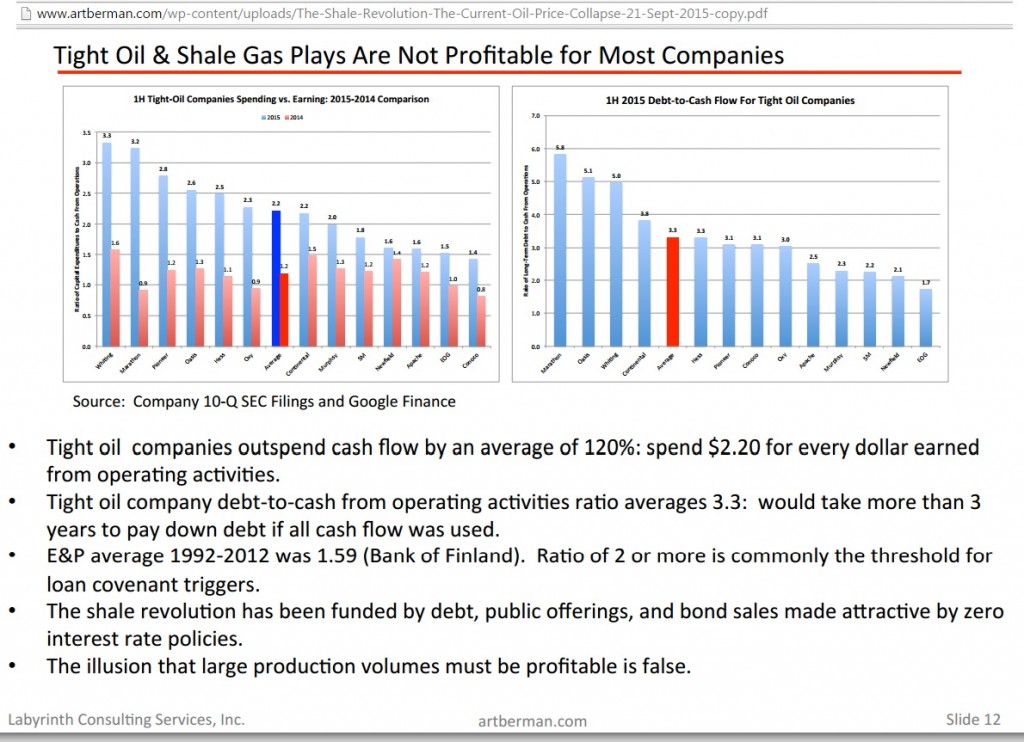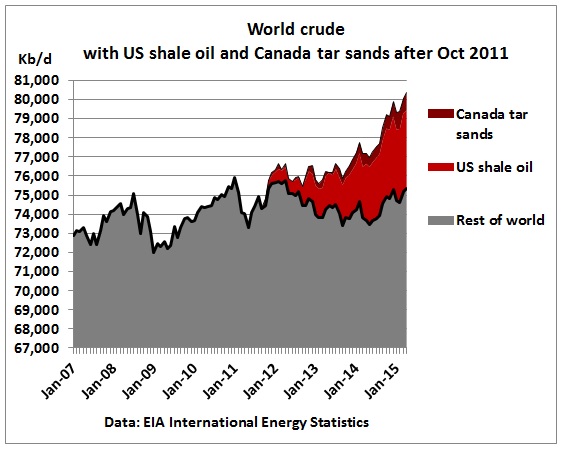According to EIA data, monthly US crude oil production peaked in April 2015 at 9.6 mb/d.
Fig 1: US crude oil production to June 2015
http://www.eia.gov/dnav/pet/pet_crd_crpdn_adc_mbblpd_m.htm
The above graph shows that US crude production increased by around 4 mb/d between mid 2011 and mid 2015, mostly from shale oil which took off – with a delay – when oil prices exceeded US$ 80-90. That stellar growth has come to an end, also with a delay, after oil prices plummeted.
Let’s zoom into the period starting with January 2014:
Fig 2: US incremental crude production Jan 2014 – Jun 2015
The April 2015 peak was caused by higher GOM production resulting from production start-ups after lifting the drilling moratorium in 2010. Shale oil peaked one month earlier, after the winter drop. However, month by month production can change and future revisions of data are likely due to reporting delays. What is more important than the month of peaking is the fact that US oil production stopped growing.
(Note: Incremental production is calculated as production minus the minimum production in the period under consideration. The sum of the minimum production is the base production)
North Dakota
As an example, the following graphs show the peaking in the Bakken oil field.
Fig 3: North Dakota oil production
https://www.dmr.nd.gov/oilgas/stats/statisticsvw.asp
Fig 4: Bakken production from EIA’s drilling productivity report
http://www.eia.gov/petroleum/drilling/
Fig 5: Bakken monthly production changes
This graph shows that in March 2015 production from new wells dropped below the replacement requirements given by decline in old wells, causing the peaking of production.
Drilling Rig Count
Fig: 6 US oil drilling rig count
Fig 7: Offshore drilling rigs by region
http://www.eia.gov/todayinenergy/detail.cfm?id=23032
In August 2015, the number of active GOM offshore rigs had fallen by 46% over one year, much more than the global average of 20% (from 377 to 304).
Shale oil bubble flying high
Fig 8: CAPEX by type of oil
http://www.oilandgas360.com/schlumberger-q115-draws-praise-from-analysts/
83% of cash flow for servicing debt
Using data up to the 2nd quarter of 2015, the EIA analysed 44 US onshore companies contributing 2.7 mb/d to crude oil production growth. They had negative free cash flows (difference between operating cash flow and capital expenditure) since 2011:
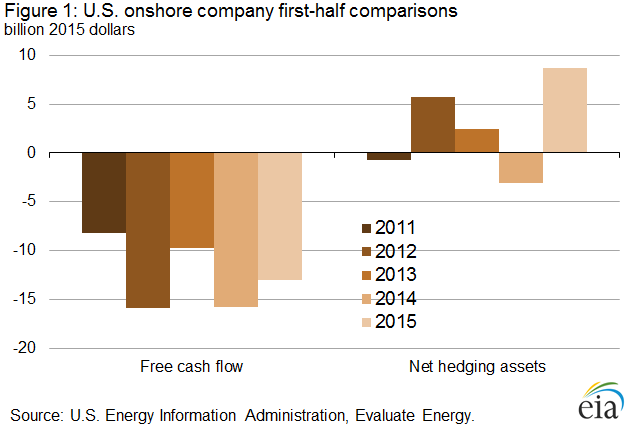
Fig 9: US onshore companies free cash flow
http://www.eia.gov/petroleum/weekly/archive/2015/150910/includes/analysis_print.cfm
That the 1H 2015 result was not worse has likely to do with a reduction in CAPEX which was 12% for international oil companies in 4Q 2014.
With low oil prices, servicing debt has become a major problem for these oil producers. 83% of cash flow (curve, RHS) is used for debt repayments (blue negative columns, LHS):
Fig 10: Cash flow for US onshore producers
http://www.eia.gov/petroleum/weekly/archive/2015/150910/includes/analysis_print.cfm
This means less money is available for dividends, investments in new wells and contingencies.
Shale oil companies are particularly hard hit as their wells decline very fast in the first 2 years. The following graph is from a slide show (Sep 2015)
The North American Unconventional Revolution & The 2014-2015 Oil Price Collapse
by Art Berman who specializes in monitoring US shale oil companies.
Fig 11: CAPEX to cash and debt to cash ratios for 14 selected US companies
Fig 12: Cost per barrel oil equivalent for 3 US companies
The unconventional oil spike sits on top of a bumpy production plateau in the rest of world, where crude production in 2014/15 was just 1 mb/d higher than in 2005, the year when the peaking started.
Fig 13: Incremental US shale oil and tar sands vs RoW
Conclusion:
The world lives on borrowed oil. And on borrowed time because we don’t know how long this debt/oil blend will last.




